Seoul Sajik Park (사직공원(서울))
595.6M 20224 2021-11-12
89, Sajik-ro, Jongno-gu, Seoul
+82-2-2148-4149
Sajik Park is one of the three most popular parks in Jongno-gu along with Tapgol Park and Samcheong Park. Located west of the Government Complex-Seoul on the southeastern foothills of Inwangsan Mountain, the park measures an impressive 188,710 m².
The name of the park dates back to 1395 when Taejo Yi Sung-gye made Sajik Altar (altar to the State deities) at the center of the park. "Sa" refers to the deity of the earth while "jik" refers to the deity of the five grains. Rites wishing for a good harvest were held regularly at Sajik Altar.
In the park are several playgrounds, statues of Sin Saimdang, Hwanghakjeong, and Yulkog Yi I, and the Municipal Children's Library. Dangun Shrine and Jongno Library are situated nearby. By following the path next to Sajik Park for approximately 5 minutes, travelers can reach the Inwangsan hiking path with relative ease.
Palace Royal Guard Changing Ceremony (수문장 교대의식)
607.6M 256694 2024-05-17
161, Sajik-ro, Jongno-gu, Seoul
• 1330 Travel Hotline: +82-2-1330 (Korean, English, Japanese, Chinese) • For more info: +82-2-3210-1645
In the Joseon dynasty, the royal guards of the palace were gatekeepers who were responsible for guarding the the main gates of Gyeongbokgung Palace as well as the main gates of the city such as Heunginjimun Gate and Sungnyemun Gate. The royal guards worked in shift duties and were in charge of opening and closing Gwanghwamun Gate. Before the royal guard system was enforced in 1469, the palace gates were protected by soldiers of the central army. The Palace Royal Guard Changing Ceremony held at Gyeongbokgung Palace and the Gwanghwamun area reenacts the guard-changing procedure that took place during the Joseon dynasty, along with the reproduction of costumes and weapons, based on historical records.
Gyeongbokgung Palace Jagyeongjeon Tea Ceremony (경복궁 자경전 다례체험행사)
609.9M 12065 2020-03-12
161, Sajik-ro, Jongno-gu, Seoul
• 1330 Travel Hotline: +82-2-1330 (Korean, English, Japanese, Chinese) • For more info: +82-2-3210-4683
This traditional tea ceremony experience takes place at Jagyeongjeon Hall in Gyeongbokgung Palace every Saturday and Sunday. Participation is by reservation on a first come, first serve basis.
The ceremony includes a tea culture demonstration and experience, making honey cakes, traditional etiquette introduction, and lectures related to tea culture. To participate in the tea ceremony, download the application form from the Korea Cultural Heritage Foundation website and submit the form through email.
Suseongdonggyegok Valley (수성동계곡)
621.3M 3 2023-08-17
185-3, Ogin-dong, Jongno-gu, Seoul 서울특별시 종로구 옥인동
Suseong-dong Valley's stream runs down from Inwangsan Mountain and joins Cheonggyecheon Stream, and it is said that the name of the village was called Suseong-dong during the Joseon dynasty due to the loud and clear sound of the flowing water. It appears in the painting "Jangdong Palgyeongcheop," which is Jangdong Eight Scenic Views, that depicts the eight scenic views of Bugaksan Mountain and Inwangsan Mountain as well as in other historical books of the Joseon dynasty as a place of scenic beauty. The valley was so famous for its beauty, that Prince Anpyeong of the Joseon dynasty built his house "Bihaedang" to fully enjoy the view, and the valley and its stone bridge were designated as a cultural property of Seoul in 2010.
Hwanghakjeong Pavilion (황학정)
630.4M 19063 2020-04-02
15-32, Sajik-ro 9-gil, Jongno-gu, Seoul
+82-2-738-5785
Hwanghakjeong Pavilion was built in 1898 by decree of King Gojong’s. It was originally set up close to the northern wall of Hoesangjeon in Gyeonghuigung Palace for archery practice. In 1922 when the Japanese colonial government sold buildings of Gyeonghuigung Palace to the public to build Gyeongseong Middle School in the location, the Hwanghakjeong Pavilion was bought and restored at the current location, which is an old site of Deunggwajeong Pavilion located to the North of Sajik Park.
It is relatively large for a pavilion, but the structure is plain and simple. There is a well behind the pavilion to the southwest. A rock behind the well has an engraved poem about eight beautiful scenes of Hwanghakjeong. Located to the right of the pavilion building (northeast of the building) is Hancheongak Pavilion, which has unique roof. To the west of the pavilion is Sauhoegwan Hall that was built with reinforced concrete.
National Palace Museum of Korea (국립고궁박물관)
634.9M 82108 2023-03-24
12, Hyoja-ro, Jongno-gu, Seoul
+82-2-3701-7500
The National Palace Museum of Korea displays over 40,000 relics from the Joseon dynasty. With various treasures on exhibit, the museum continues to provide information on the dignity of royal culture and the creativity of royal cultural assets.
Gogung Tteurak (고궁뜨락)
634.9M 16108 2020-04-17
12, Hyoja-ro, Jongno-gu, Seoul
+82-2-720-0486
Located on the first floor of the National Palace Museum of Korea, Gogung Tteurak consists of a museum shop and a café. It is open from 09:00 to 18:00 during the weekdays and up to 21:00 on Wednesdays and Saturdays. It operates without closing days as of January 1, 2017.
Gyeongbokgung Palace (경복궁)
664.1M 1752369 2024-08-08
161 Sajik-ro, Jongno-gu, Seoul
+82-2-3700-3900
Gyeongbokgung Palace was built in 1395 as the official palace of the Joseon dynasty by Yi Seong-gye, the future King Taejo and founder of the new regime. Gyeongbokgung Palace is commonly referred to as the Northern Palace because of its location to the north, comparied to Changdeokgung Palace in the east and Gyeonghuigung Palace in the west. Gyeongbokgung Palace is arguably the most beautiful and is the largest of all five palaces. Many Joseon kings were crowned here. The premises were once destroyed by fire during the Imjin War (1592-1598). However, all of the palace buildings were later restored under the leadership of Heungseondaewongun during the reign of King Gojong. The assassination of Empress Myeongseong, however, resulted in Gyeongbokgung Palace losing its function as a royal palace, eventually witnessing the downfall of the Joseon dynasty. Gyeongbokgung Palace retains the original Gyeonghoeru Pavilion, a prime example of Joseon architecture, and the Hyangwonjeong Pavilion and pond. The sculptures in the Geunjeongjeon Hall exemplify Joseon-era sculpture techniques. The west side of the area outside Heungnyemun Gate is occupied by the National Palace Museum of Korea, while the eastern side of Hyangwonjeong Pavilion within the Gyeongbokgung Palace is occupied by the National Folk Museum of Korea.
Royal Culture Festival (궁중문화축전)
664.1M 24910 2024-07-17
161 Sajik-ro, Jongno-gu, Seoul
+82-1522-2295
The Royal Culture festival is held at the five Royal Palaces and Jongmyo Shrine. The festival first began in 2014 and provides visitors with first-hand knowledge of these important cultural heritages through unique performances, exhibitions, experiences and programs. The festival expanded in 2021 to be hosted twice a year, in spring and in fall.
CheongKwanJang - Gwanghwamun Branch [Tax Refund Shop] (정관장 광화문)
699.8M 0 2024-04-22
20, Sajik-ro 8-gil, Jongno-gu, Seoul
-
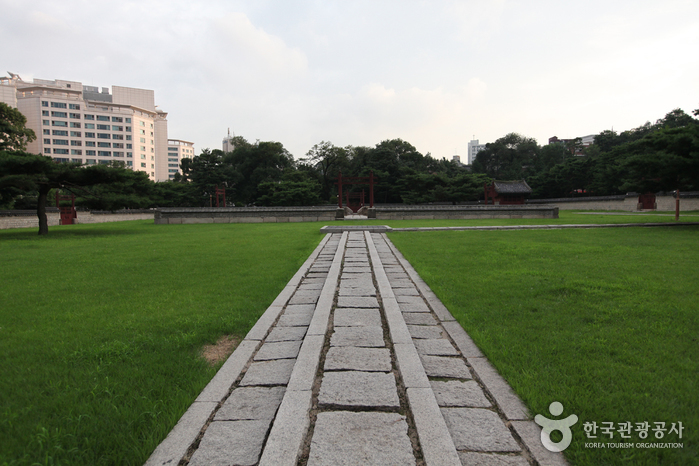
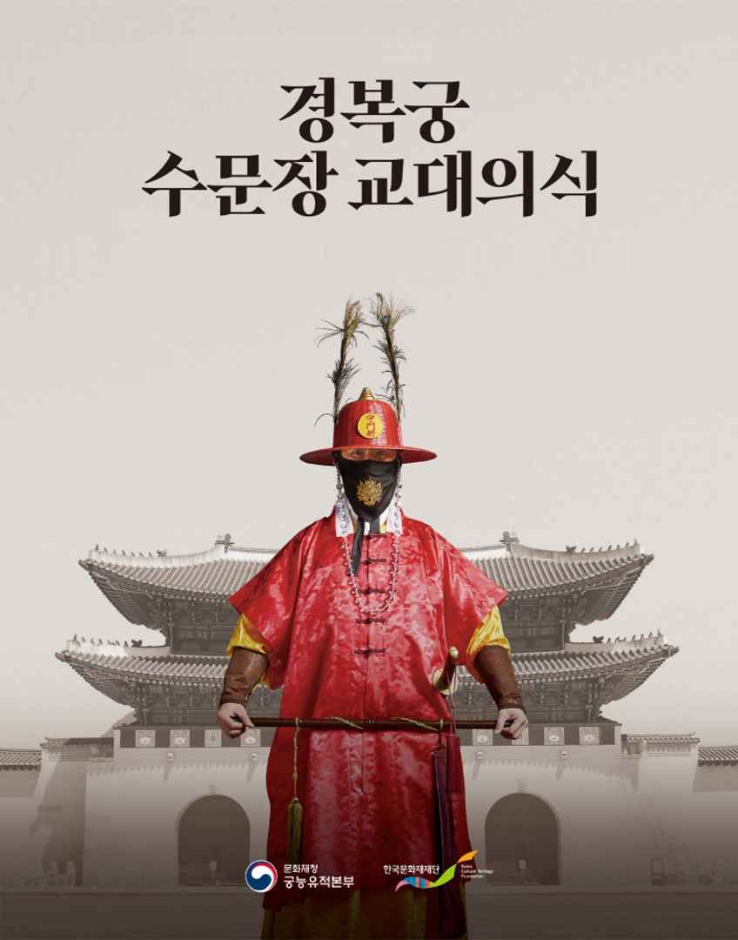
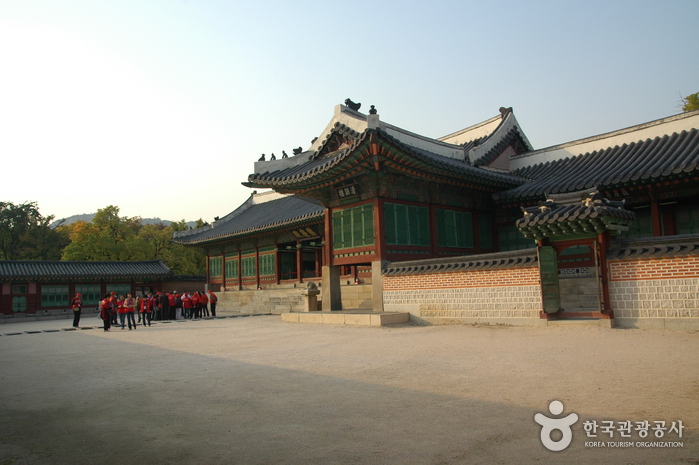
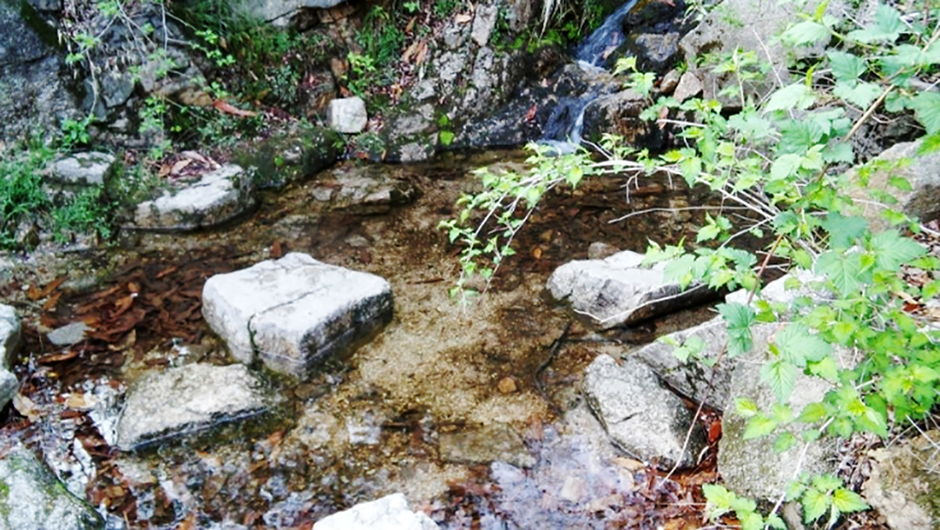
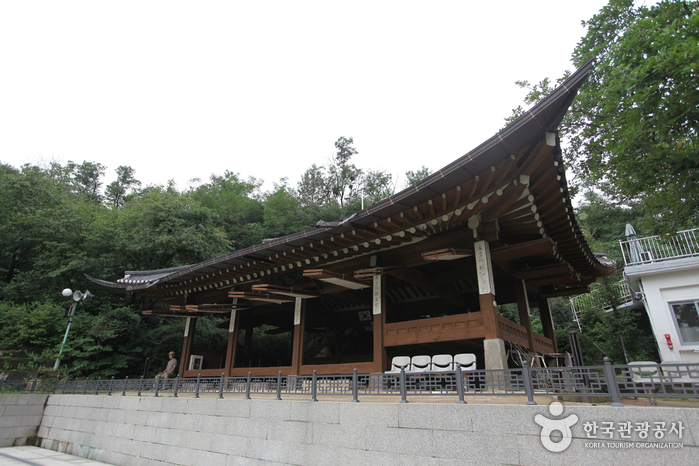
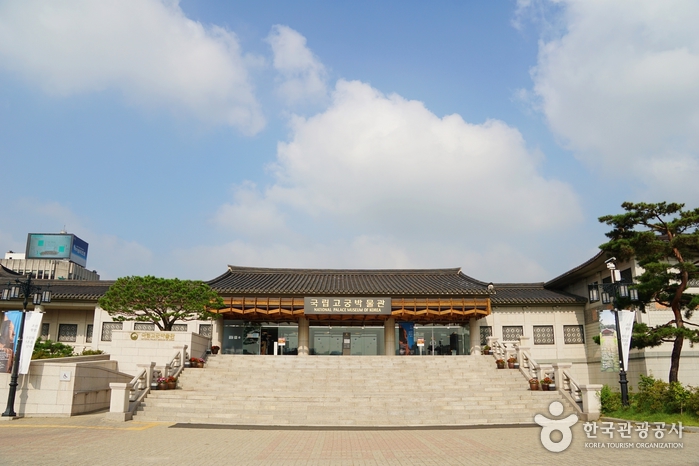
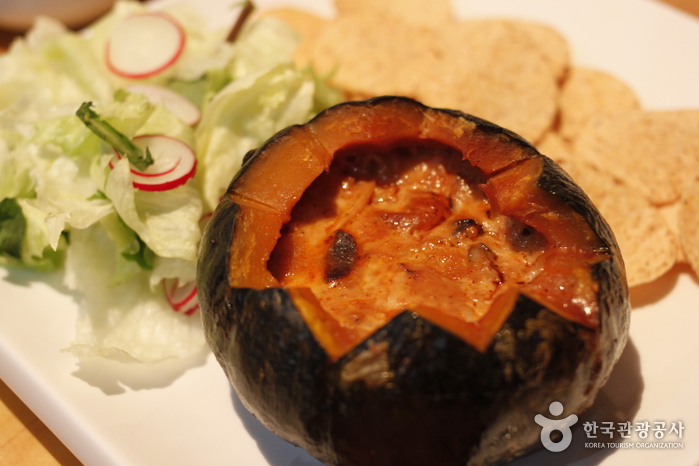
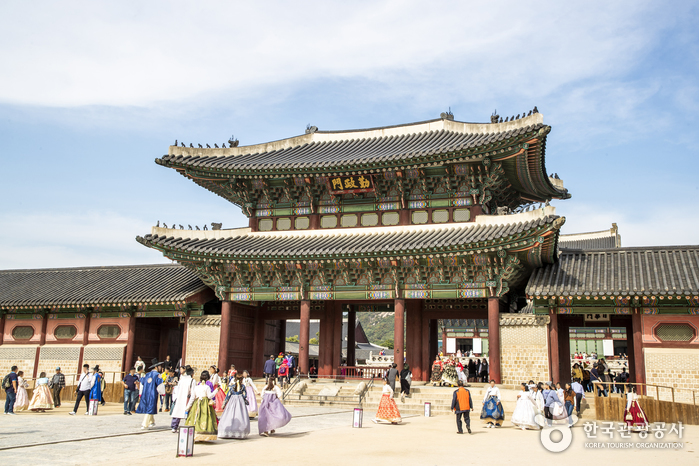
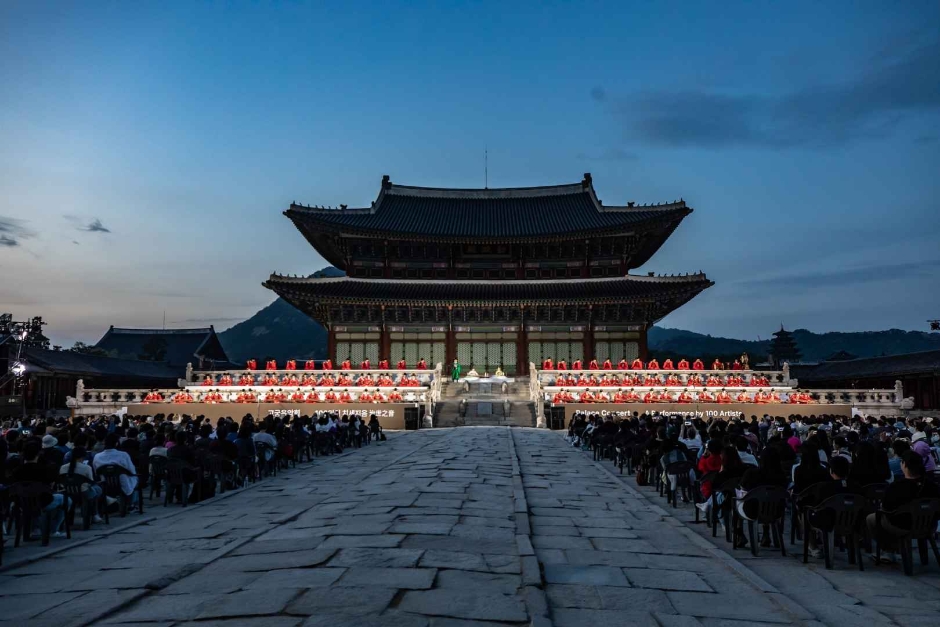
![CheongKwanJang - Gwanghwamun Branch [Tax Refund Shop] (정관장 광화문)](http://tong.visitkorea.or.kr/cms/resource/93/2889693_image2_1.jpg)
 English
English
 한국어
한국어 日本語
日本語 中文(简体)
中文(简体) Deutsch
Deutsch Français
Français Español
Español Русский
Русский